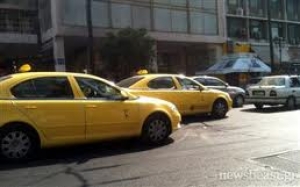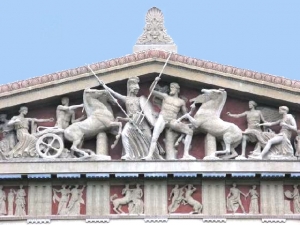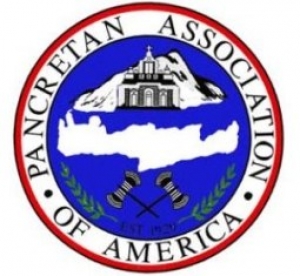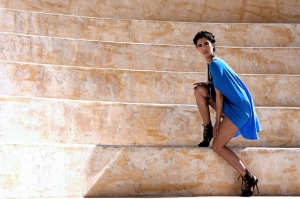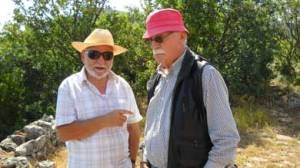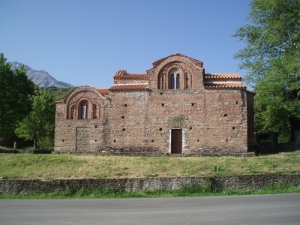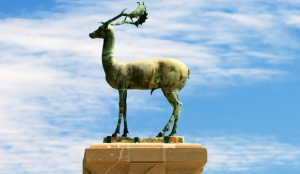In the small picturesque village of Sapounakeika in the Peloponnese’s Arcadia region, residents are preparing to install an ultramodern photovoltaic (PV) system on the roof of the local school. The system will provide heating for the school this coming winter. But this heat-pumping machine means so much more to the villagers.
It was purchased by Sapounakeika’s foreign residents – the majority of whom are European – as a way of saying thank you and expressing solidarity with their Greek neighbors, many of whom are suffering because of the crisis. According to the records of the Municipality of Southern Kynouria, foreigners have purchased 301 homes in the areas of Tyros, Sapounakeika and Melana. The highest concentration of these homes is in Sapounakeika.
This community of foreigners also includes dozens of people who have married and chosen to settle in Greece, as well as others who rent holiday homes.
As a result, this tiny region has transformed into a colorful mosaic of cultures, resembling a small European Union.
“It’s the Europe that we’ve always wanted,” Apostolos Zikoglou, who is based in Germany, told Kathimerini. Zikoglou and his wife, who have bought a house in Sapounakeika, plan to move to the village for good someday.
“Germans, Belgians, Austrians, Dutch, Italians, Danes, Norwegians, French, English and of course Greeks – we all live in harmony here and respect each others’ traditions. If only it were like this in the rest of the world,” said Zikoglou, who left Greece for Germany in 1966.
He studied, married and settled in Germany, but his dream of returning to Greece never faded.
“I wanted to enjoy my country, which remains beautiful despite the crisis. My wife and I traveled around Greece in search of a place where we could permanently settle. And we found it here.” The couple sold their apartment in the Athenian suburb of Palaio Faliro and bought an old house in Sapounakeika.
Foreigners’ sudden love of this region is what has kept the area alive.
“Greeks who went abroad have been returning to invest in the villages where they grew up since the 70s. They have built beautiful homes,” the mayor of Southern Kynouria, Yiannis Triantafilou, told Kathimerini.
The settlement of Europeans in the region provided Tyros and the surrounding area with the boost it needed to withstand the crisis.
“They either bought old houses that had been abandoned by locals – who moved to the coast or urban centers in search of work – or they built entirely new homes. Besides restoring our villages, the foreigners have created new jobs for local craftsmen and builders, and helped reduce unemployment.”
Music teachers from Heidelberg, Scandinavian architects, Dutch scientists and Mediterranean artists have made Tyros a unique and open multicultural community.
“The fact that we found so many different people here who are also incredibly hospitable and unified helped us make the decision,” said Zikoglou.
“We really like it here,” he added. “What’s left for us is to decide whether or not we want to make this our permanent home. You know, it’s strange: When we left Greece decades ago, we left our parents behind. Now we are leaving Germany and leaving our kids behind.
By Lina Giannarou
ekathimerini.com


